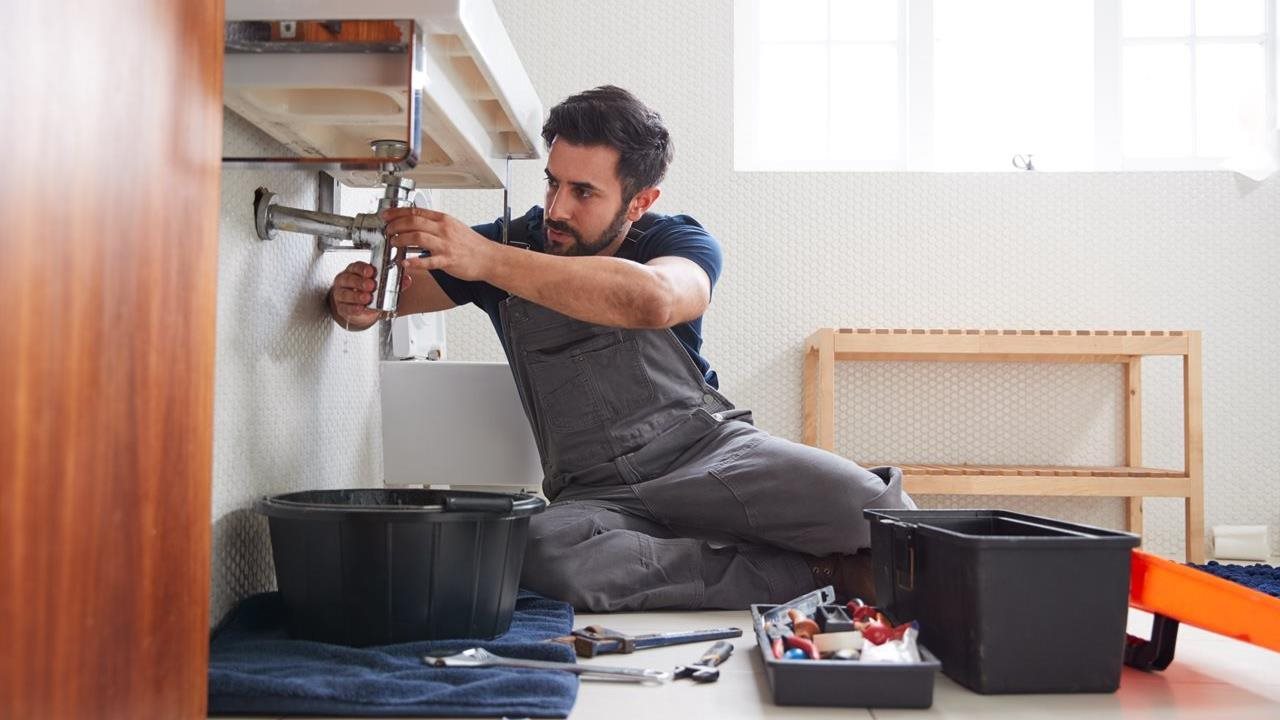
(BPT) – What do making coffee, brushing your teeth, doing dishes and washing your car have in common? All these activities require water. From the conveniences you enjoy at home to helping various industries make the things you use every day, water is essential to keeping life flowing.
With people spending more time at home , the important role water plays in daily life has come into focus. With more washing, cooking, trips to the bathroom — home water use is up as are utility bills.
You may also notice drips and leaks you hadn’t before and wondered about your own water use.
Home water leaks are a common problem
More than two-in-three Americans have experienced a leak at their home, according to recent data from American Water and global research agency Opinium. This includes 52% who have had a leak in their bathroom and 50% who have had a leak in the kitchen. These numbers could even be higher, as 77% of Americans report seeing signs that could indicate they have had a water leak, including 51% reporting a consistently dripping faucet and 28% saying they have experienced water stains in the toilet on multiple occasions.
Fix a Leak Week is March 15-21, but finding leaks, resolving problems and saving water is important all year long. Household leaks waste nearly 1 trillion gallons of water annually nationwide, according to the United States Environmental Protection Agency (EPA). Water waste is just one consequence of these leaks — others include home damage, concealed mold buildup and decreased air quality.
Check leaks to limit water waste
The EPA suggests a few simple ways to find leaks so they can be fixed:
- Check water usage during colder months like January or February. If a family of four exceeds 12,000 gallons per month, there are serious leaks.
- Check your water meter before and after a two-hour period when no water is being used. If the meter changes at all, it likely indicates a leak.
- Place a drop of food coloring in the toilet tank. If any color shows up in the bowl after 10 minutes, you have a leak. (Flush immediately after the experiment to avoid staining the tank.)
- Examine faucet gaskets and pipe fittings for any water on the outside of the pipe to check for surface leaks.
In addition to fixing leaks, it’s important to be aware of your water footprint and reduce unnecessary water use. The most common way Americans waste water is leaving the faucet on when brushing their teeth, according to the American Water report. While not as frequent, the next most wasteful action is using a hose to wash your car: just 5 minutes uses approximately 75 gallons of water!
Community actions matter
Water issues extend beyond your property lines. Most people don’t realize that the majority of the United States’ water infrastructure is aging, which can impact homeowners and communities as a whole.
“Many U.S. water and wastewater systems were built more than 70 years ago, meaning that our pipes, plants, and pumps have reached the end of their expected lifespan,” says David Choate, vice president, engineering at American Water. “Between 2012 and 2018, the rate of water main breaks across the U.S. increased by 27%, reaching the point where today, a water main breaks every two minutes. Because of water main breaks and continuous leaks, drinking water systems currently lose at least 6 billion gallons of treated water per day — the equivalent of 500+ billion bathtubs per year — with no sign of slowing down.”
American Water is committed to helping communities and preserving water by supporting major improvements to U.S. water infrastructure. Over the next 10 years, the company will invest an estimated $22 to $25 billion to help provide reliable, safe and affordable water and wastewater services through improvements like replacing aging pipes and upgrading treatment, storage and pumping facilities to expand capacity and comply with the latest standards.
In addition to fixing leaks and limiting water waste, you can support your community’s water systems by doing the following:
- Don’t flush wipes, paper towels or other items to help prevent pipe clogs, overflows and damage to water infrastructure.
- Limiting unnecessary water usage lowers system demands, which can help delay or even avoid required future infrastructure expansions.
- Know your local water restrictions and follow them, such as when watering your grass during summer months.
- Ask about your community’s fire hydrant flushing program and support efforts to keep these systems working properly.
The actions you take today will make a difference. Learn more at www.amwater.com.
